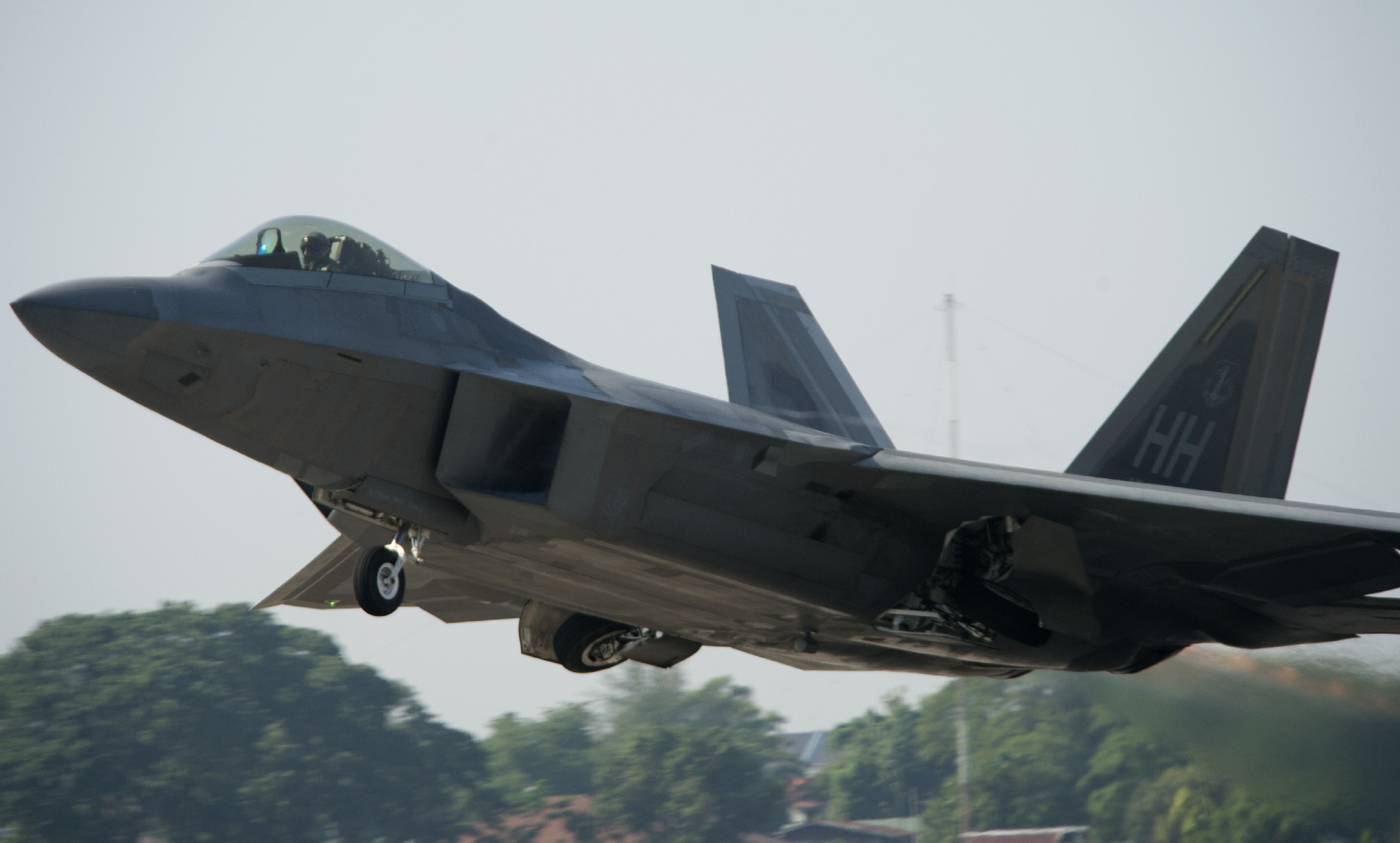
The Su-27 had an empty weight of 37,000 pounds (16,800 kg), a maximum take-off weight of 63,500 lb (29,400 kg) and a range of 2.2 miles with air-to-air missiles. It’s high performing characteristics were largely attributed to its large twin engines and supersonically slender long body design. The Sukhoi Su-27 was developed between 19. Furthermore, because of the success of the General Dynamics F-16 Fighting Falcon on export markets with many NATO countries during the late 70s, the Soviets wanted to offer a Soviet supersonic multirole aircraft that could match these capabilities. The Su-27 was developed because the supersonic, all-weather multirole tactical fighter and interceptor aircraft it replaced (Sukhoi Su-15) was deemed inferior to the McDonnell Douglas F-15 Eagle which were procured in 1975 by the United States Air Force. Why was the Sukhoi Su-27 developed and built? The plane is currently in service with the Russian Air Force and various export customers. The Su-27 was first flown in 1977, and was accepted into service in 1983. Due to its thrust vectoring control capability combined with digital fly-by-wire flight control system, the Su-27 is very maneuverable. The Su-27 can also employ highly agile thrust vectoring nozzles for roll supersonic flight, using two nozzle settings: “high-thrust” and “super-maneuverability”. Lockheed F/A-22 Integrated avionics, AN/AAR-56 Missile Launch Detector (MLD)įor a supersonic, all-weather tactical fighter and interceptor aircraft, the Su-27’s most distinctive feature is its variable-sweep wing, which can sweep back in a “cruise” configuration or forward for “combat”.



Sukhoi Search and Track Radar / Fire Control, OEPS-27 IRST, OEPS-27 electro-optical targeting system


 0 kommentar(er)
0 kommentar(er)
